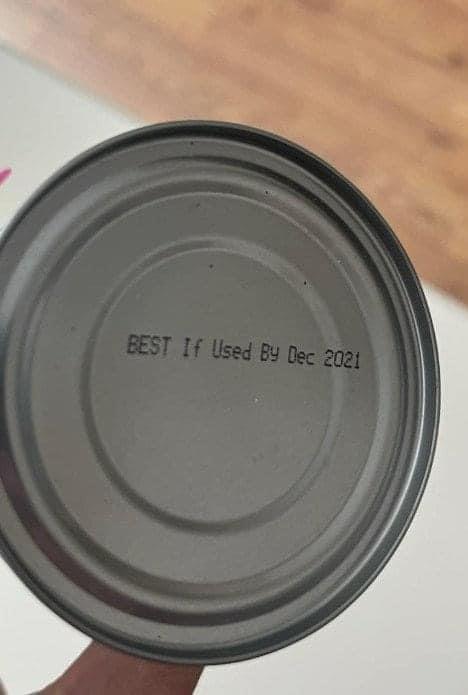
Ever stared at a milk carton or package of chicken, wondering if it’s safe to eat past the expiration date? You’re not alone. Food dates—“Best if Used By,” “Use By,” and “Sell By”—often confuse consumers, leading to unnecessary waste. I once hesitated to serve milk just days past its “Best if Used By” date, despite it smelling fine. This experience drove me to research food labels, revealing key insights about quality, safety, and reducing waste.
Understanding these labels can help cut down on food waste, which makes up about 30% of food in the U.S., partly due to misinterpretations. Here’s what each label really means:
• Best if Used By: Indicates the period for optimal flavor and quality. It’s not a safety date.
• Use By: The last date for peak quality, especially for perishables like dairy. Properly stored, it’s often still safe after this date.
• Sell By: A guide for retailers. Food is usually fine past this date if stored properly.
Foods like eggs, milk, and canned goods can often outlast their dates if they look, smell, and taste normal. Proper storage, like keeping your fridge below 40°F, and freezer at 0°F, helps extend their life.
In summary, expiration dates guide quality, not safety. Instead of relying strictly on these dates, trust your senses to identify spoilage, like unpleasant odors or unusual textures. Making informed choices helps reduce waste, saving both money and the environment.